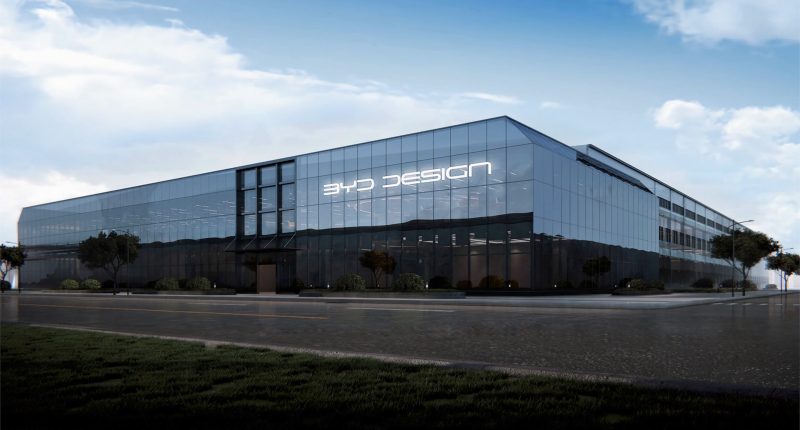Owing to global slowdown in EV sales even before they peaked, China’s electric vehicle (EV) giant BYD has now launched the latest version of its plug-in hybrid technology in the form of a new hybrid powertrain. At an event in Xian, the capital of Shaanxi province, BYD’s chairman Wang Chuanfu, introduced the fifth generation of the company’s hybrid technology. This new system achieves a record low fuel consumption of 2.9 liters per 100 kilometers (62.1 miles) when operating on depleted batteries. This translates to significantly lower running costs compared to traditional gasoline-powered vehicles and perhaps the biggest advancement yet in global hybrid tech.
The new hybrid powertrain also boasts an impressive driving range. With a fully charged battery and a full gasoline tank, vehicles equipped with this system can travel up to 2,100 kilometers (1,250 miles). This extended range addresses one of the major concerns of hybrid and electric vehicle owners—range anxiety—by offering greater flexibility for long-distance travel without frequent stops for recharging or refueling. This tech also offers a comfortable middle ground for consumers hesitant to switch entirely to electric vehicles. It provides the environmental benefits of electric propulsion with the extended range and convenience of a gasoline engine.
And if this is not enough, in addition to the launch of the new hybrid technology, BYD unveiled sedan versions of its Qin L and Seal 06 models. These models, equipped with the latest hybrid system, are priced competitively starting from 99,800 yuan (approximately $13,775). It seems that by integrating the new technology into these popular models, BYD aims to attract a broader customer base, particularly those looking for economical and efficient transportation options. As such, the company’s new hybrid technology promises considerable cost savings for consumers. The company estimates that drivers using this system can save up to 9,682 yuan annually in fuel costs compared to those driving traditional gasoline vehicles.
Speaking of BYD, the current hybrid tech is a step up from the previous generation of BYD’s plug-in hybrid technology, which featured a driving range of dozens of kilometers on battery power alone and a fuel consumption rate of 3.8 liters per 100 kilometers when using gasoline. It had significantly contributed to the company’s rapid growth since 2021, and models like the Qin Plus DM-i sedan and the Song Plus DM-i SUV have become particularly popular. Priced from 79,800 yuan, BYD’s plug-in hybrids have dominated the company’s sales over the past three years. In the first quarter of this year, BYD also reduced the prices of its plug-in hybrids by 10% to 22%. The company has sold a cumulative total of 3.6 million hybrid vehicles during this period, solidifying its position as a leader in the hybrid vehicle market.
However, despite its success in the domestic market, BYD still lags behind global automotive giants such as Toyota, Volkswagen, General Motors, and Stellantis in overall sales. The launch of BYD’s new technology comes amidst a period of intensifying competition in the EV market. Toyota, a behemoth in hybrid technology with the iconic Prius, unveiled its next-generation internal combustion engines on the same day. These engines boast compatibility with alternative fuels like hydrogen and biofuels, and focus on efficiency in gasoline combustion, which potentially limits its pure electric range.
The Tech Portal is published by Blue Box Media Private Limited. Our investors have no influence over our reporting. Read our full Ownership and Funding Disclosure →






